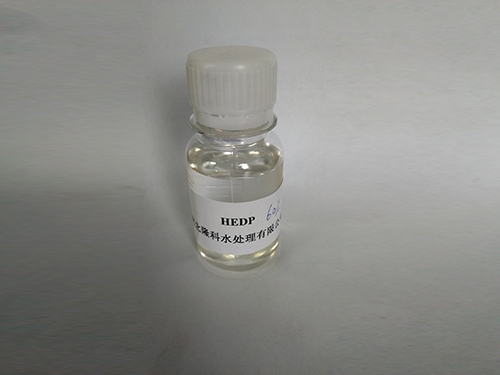Poly Aluminium Chloride Applications in Drinking Water Treatment and Quality Improvement
The Role of Poly Aluminium Chloride in Drinking Water Treatment
In the realm of water treatment, ensuring the safety and purity of drinking water is of paramount importance. One chemical that has gained prominence in this field is Poly Aluminium Chloride (PAC). This coagulant plays a crucial role in the purification process, aiding in the removal of impurities and providing cleaner, safer drinking water for communities.
What is Poly Aluminium Chloride?
Poly Aluminium Chloride, commonly referred to as PAC, is a chemical compound derived from the reaction of aluminium hydroxide with hydrochloric acid. It is a water-soluble product that forms a gelatinous precipitate when added to water. The structure of PAC allows for effective coagulation, which is the process of clumping together particles in water, including sediments, organic matter, and other impurities.
PAC is favored for its ability to work efficiently over a range of pH levels, making it suitable for various water sources. It is often utilized in municipal water treatment facilities, industrial applications, and even in the treatment of wastewater.
The Benefits of Using PAC in Drinking Water Treatment
1. Effective Coagulation and Flocculation The primary function of PAC is to promote coagulation and flocculation in water treatment processes. When introduced to water, PAC destabilizes suspended particles, allowing them to aggregate into larger clumps, or flocs. These larger particles can then be easily removed through sedimentation or filtration.
2. Enhanced Removal of Turbidity Turbidity is a critical measurement of water quality, indicating the presence of suspended particles. High turbidity levels in drinking water can be harmful, not only affecting aesthetic qualities but also serving as a medium for pathogens. PAC has proven to be highly effective in reducing turbidity, leading to clearer and safer water.
poly aluminium chloride for drinking water

3. Lower Sludge Production One of the significant advantages of using PAC over traditional aluminum salts, such as aluminum sulfate, is the lower volume of sludge produced during the treatment process. This characteristic not only simplifies waste management but also reduces the environmental footprint of water treatment plants.
4. Cost-Effectiveness PAC is often more economical than other coagulant options. Its higher effectiveness at lower dosages means that less chemical is required for treatment, leading to reduced overall costs for water treatment facilities. This financial benefit can be crucial for municipalities, especially those operating on tight budgets.
5. Safety and Non-Toxicity In terms of safety, PAC is considered to have a lower toxicity profile compared to other coagulants. When used correctly, PAC does not pose significant health risks to consumers, making it a preferred choice for drinking water treatment applications.
Application in Drinking Water Treatment Processes
The application of PAC in drinking water treatment occurs through several key stages. Initially, the PAC is mixed with the raw water in a rapid-mixing tank, where it begins to interact with impurities. Following this, the water moves to a flocculation basin where slow stirring promotes the aggregation of particles. The resulting flocs are then allowed to settle in a sedimentation basin. The clear water that remains on top can be further filtered to ensure that any remaining impurities are removed before distribution into the community.
Conclusion
In summary, Poly Aluminium Chloride serves as a vital component in the water treatment industry, particularly in the treatment of drinking water. Its effectiveness in coagulation, lower sludge production, cost efficiency, and safety makes it an ideal choice for many water treatment facilities worldwide. As the demand for clean and safe drinking water continues to grow, the role of PAC and similar coagulants will remain instrumental in addressing public health concerns and ensuring sustainable water management practices.
By embracing advanced chemical solutions like Poly Aluminium Chloride, we can take significant steps towards achieving safe drinking water for all, fostering healthier communities and improving overall water quality. The future of drinking water treatment looks promising, with PAC standing out as a reliable ally in the quest for purity and safety.
-
Water Treatment with Flocculant Water TreatmentNewsJun.12,2025
-
Polymaleic AnhydrideNewsJun.12,2025
-
Polyaspartic AcidNewsJun.12,2025
-
Enhance Industrial Processes with IsothiazolinonesNewsJun.12,2025
-
Enhance Industrial Processes with PBTCA SolutionsNewsJun.12,2025
-
Dodecyldimethylbenzylammonium Chloride SolutionsNewsJun.12,2025





